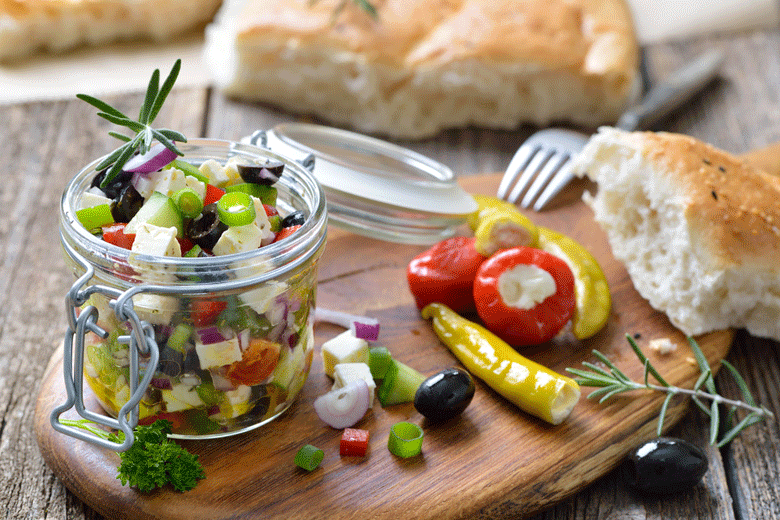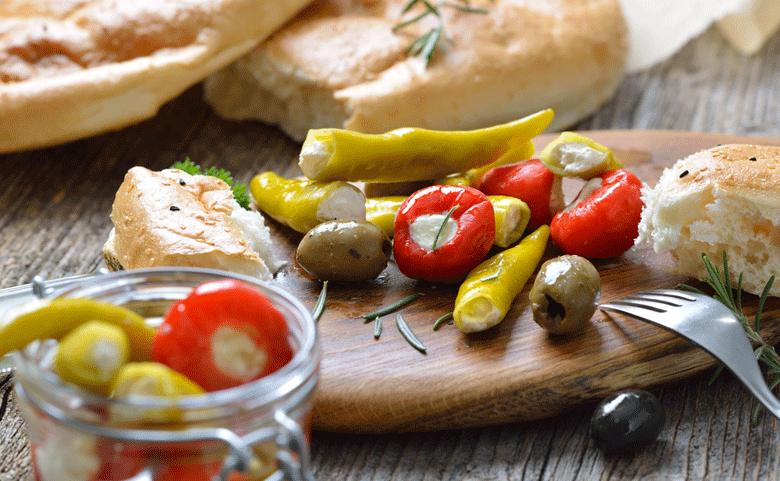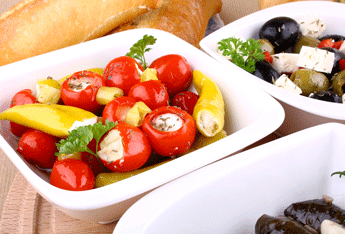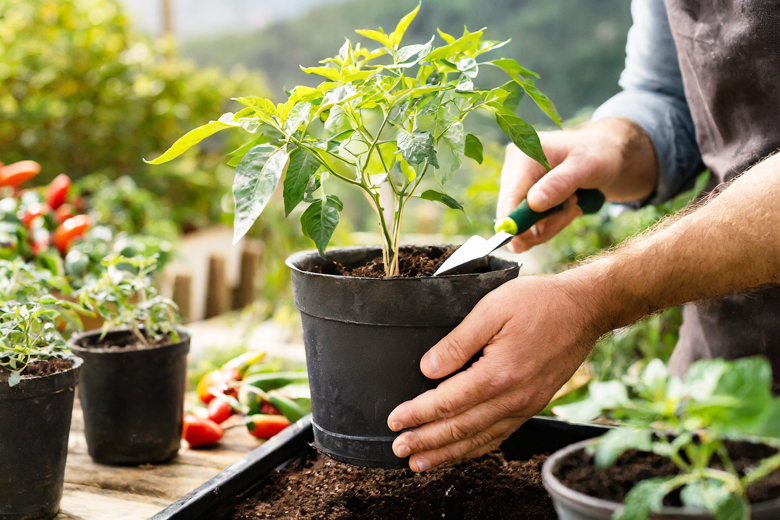 Potting on for success
Potting on for success
Potting on Chillies isn’t just a routine task; it’s a strategic process that directly influences the vitality and productivity of your Chilli garden. Each stage of potting on—from the delicate transfer of seedlings to the final placement in larger containers—is carefully orchestrated to provide your plants with the space, nutrients, and support they need to flourish. Understanding these stages ensures you nurture your Chilli plants from their infancy to their full potential, fostering a deeper connection with your garden.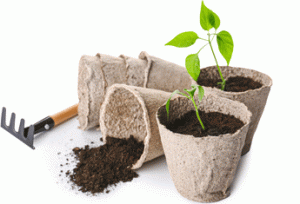
In this guide, we’ll delve into the intricacies of potting on, offering insights into selecting the right pot sizes based on the specific characteristics of your chilli variety. Whether you’re nurturing compact ornamental peppers or cultivating sprawling heirloom varieties, understanding how pot size impacts root development and plant growth is key to success. With our guidance, you’ll be able to tailor your potting strategy to suit the unique needs of your Chilli plants, fostering healthy growth and abundant harvests.
Join us as we explore the importance of potting on at every stage of your Chilli plants’ growth journey. From the early days of seedling development to the exhilarating moments of flowering and fruiting, we’ll equip you with the knowledge and techniques to ensure your Chilli plants thrive and produce a bountiful harvest. With our comprehensive approach, you’ll feel confident and empowered to tackle each potting stage with precision and care, setting the stage for a successful chili-growing experience.

 The best soil for growing Chillies
The best soil for growing Chillies plants the best chance to flourish.
plants the best chance to flourish.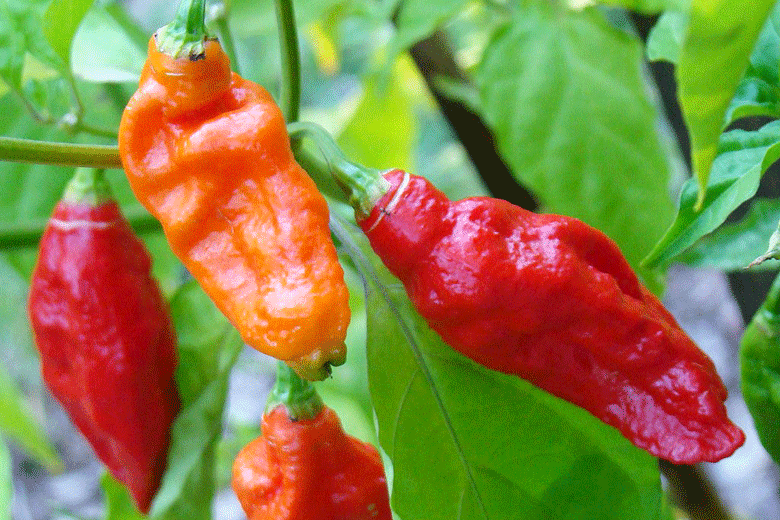
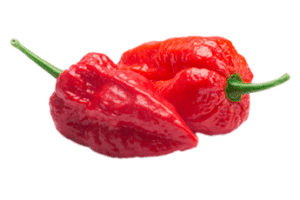 Records
Records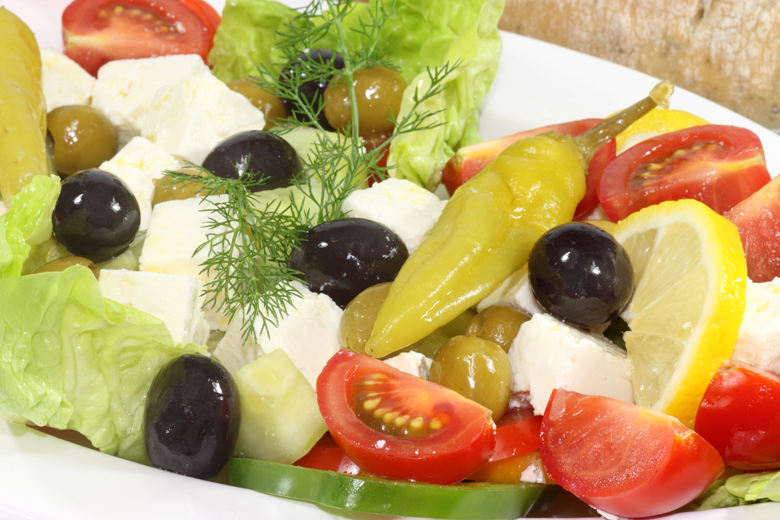
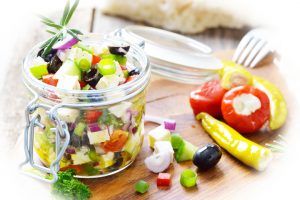 Seasoned with dried oregano and dressed with
Seasoned with dried oregano and dressed with 


